Many people have a “spark bird” that piques their interest in birds. This could be the ducks you fed at the pond, a cool bird that visited your yard, or anything that made you stop and think. Birdwatching or ’birding’ is a welcoming hobby for people of all ages. It can be done anywhere outside with minimal equipment needed. But for those who have or buy gadgets, photography and recording are rewarding activities to pursue.
When getting started, it can be helpful to go birding with another birder or a local group. In the US, this may be your local Audubon chapter. I used Meetup.com back in 2013 when I got into the hobby to discover the Los Angeles Audubon.
Learning to identify bird species is a lifelong effort. This skill is strengthened by repetition, tools, and other people. Familiarize yourself with the birds you see in your day-to-day life and expand from there. Start taking notice of their behavior, gender differences, surroundings, the way they fly, the sounds they make.
Quick tips
Tools and resources
Birding is more accessible than ever thanks to innovative tools that help us identify, count, and study birds.
Identify birds
A good physical field guide is useful for study and reference if you have room to carry it with you. Smartphones with various bird apps have gained popularity with those who prefer to travel lightly.
Merlin Bird ID developed by the Cornell Lab of Ornithology helps identify birds via photo, realtime listening, or a series of simple questions. I consider this app a must-have when birding for its Sound ID feature alone.
Count & report birds
The eBird website and app is for more than just counting and reporting birds, but also for discovery and research.
eBird.org is a website created by the Cornell Lab of Ornithology with the goal of gathering bird sightings “in the form of checklists of birds, archive it, and freely share it to power new data-driven approaches to science, conservation and education.”
In practice, birders love to use eBird for several purposes: life lists, hotspot discovery, and rarity alerts.
Keeping a running list of birds you’ve encountered (a life list) is very common practice among birders. eBird helps with this by keeping track of when and where you’ve encountered each species on your list. When you encounter a new bird it’s often referred to as a ’lifer.’
Find birds
Use eBird to discover new places to go birding. The Explore Hotspots page will show you popular places to see birds and you can review the previously reported species at any hotspot before you visit.
For the thrill seekers, you can create eBird Alerts to be notified of rare or unusual sightings in a chosen area.
Study birds
For self-paced study, digital courses from All About Birds offer content in a comprehensive variety of subjects in birding and ornithology.
Photography
I started photographing birds when I began birding. Bird photography is an artistic outlet that serves as a helpful study and identification tool when at home and in the field.
Taking photos
📷 My gear setup for bird photography
The best camera is the one you have with you. But getting a dedicated camera can’t hurt. There are many camera options across a wide price range to choose from. If you’re new to photography, consider starting with a simple setup and learn the ropes before committing to something fancier.
After using my original Canon DSLR for almost 10 years, I updated my setup in early ‘22 to a mirrorless body. The features of a mirrorless camera combined with a compatible RF lens make it much easier to get the perfect photo.
Managing photos
I’ve used Lightroom for 10 years to organize and edit my bird photos. Managing and securing your photos for the longterm is important. Lightroom is great for managing photos in bulk and syncing them between devices. Any edits made to your photos are not permanent and can be undone at any point in the future.
Editing photos
Using Lightroom or Photoshop, there are small edits you can make to enhance a photo while still keeping it true-to-life.
🖨️ Tips for printing bird photos
It can feel good to hold a photo you’ve taken. Here are a few tips to consider when printing your bird photos.
Recording
The myriad sounds that birds make have always delighted me. I started diving deeper into bird recording after the Merlin app gained the ability to recognize bird sounds in realtime. This made it easier for me to understand what I was hearing and know what to look for.
A few years ago I researched the options for a dedicated recording setup. The three options seemed to be: a handheld mic, a shotgun mic, or a parabolic mic. After consideration, I went for a shotgun microphone setup. The shotgun microphone provided more directional sensitivity without the sharp precision required by a parabolic dish setup.
🎤 My gear setup for recording birdsong
The two-part system, a recorder and a shotgun microphone, enable you to capture fuller, louder recordings than you could get from a device like a smartphone. My setup is complemented by a windscreen and shock mount to reduce wind and handling noise respectively.
Visualizing bird song
🎚️ Visualize bird songs with spectrograms
Viewing a bird song as a spectrogram is a great study tool. It will serve as an additional cue to commit a bird’s sound to memory and allows you to ID it easier by ear in the field. Use Audacity or upload your clip to eBird to see the spectrogram.
You can apply gentle edits to clips of bird songs to reduce background noise and amplify the desired sound.
Blogging, journaling, and drawing
The act of creating something such as a journal entry or sketch in your notebook is a way to reflect on and highlight key characteristics about birds you see. You can even create a bird blog to share your photos and experiences.
There are so many ways to enjoy birding and opportunities to learn from others along the way. Get out there, explore, and find out what inspires you.
Bonus reading: Birding in new locations: A comprehensive guide
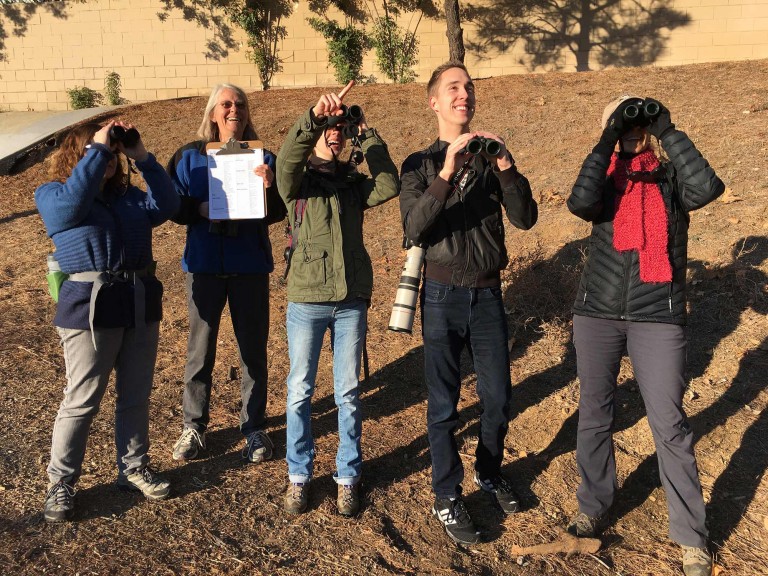
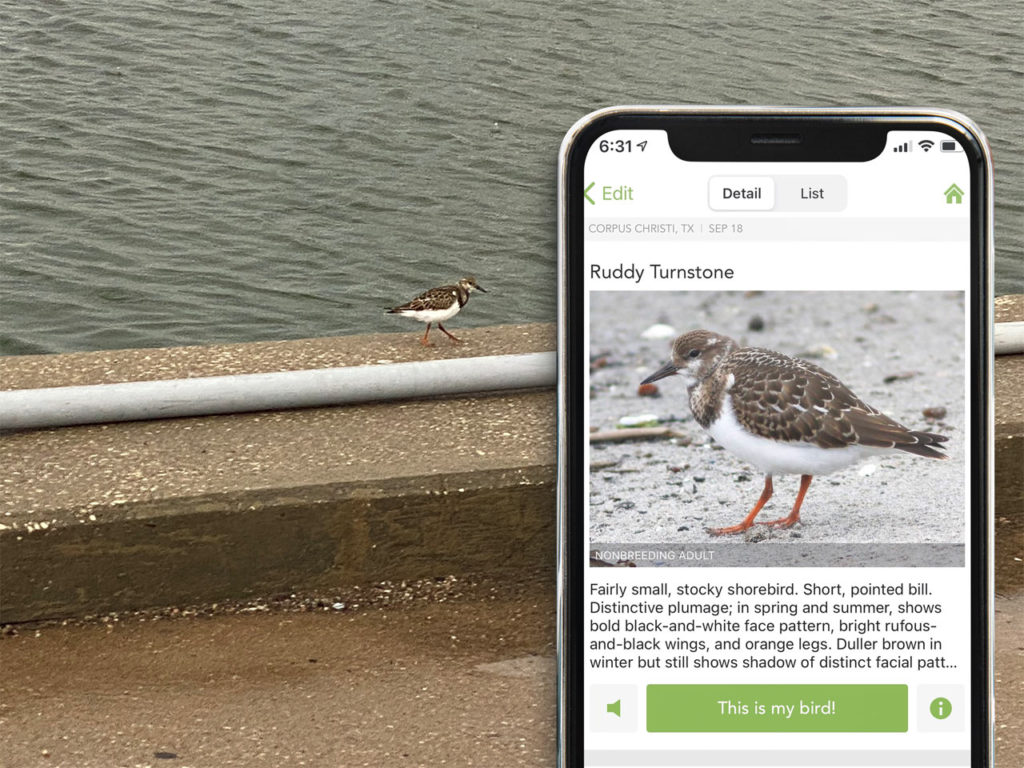
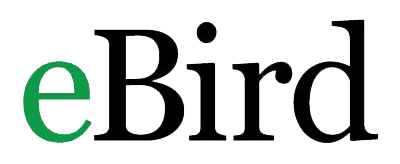
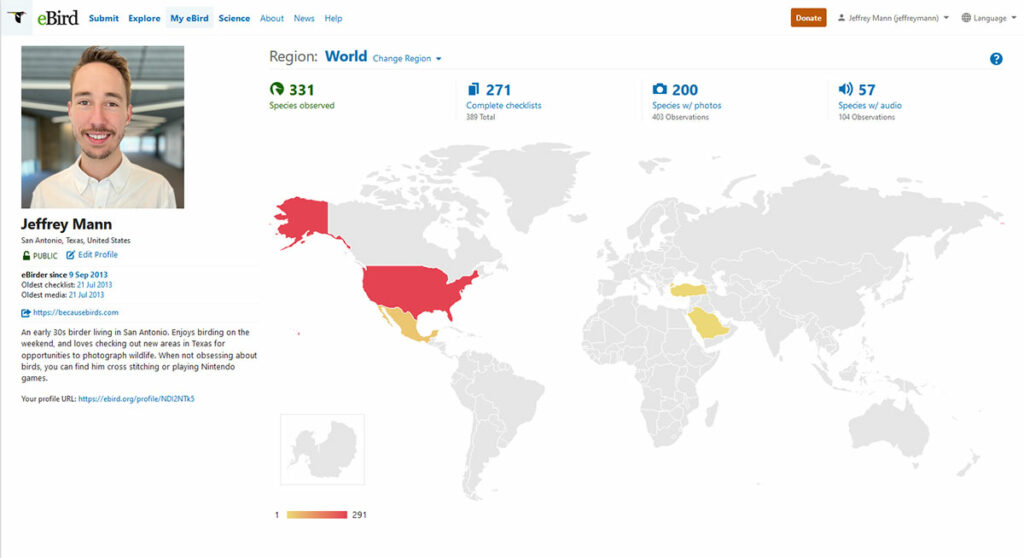
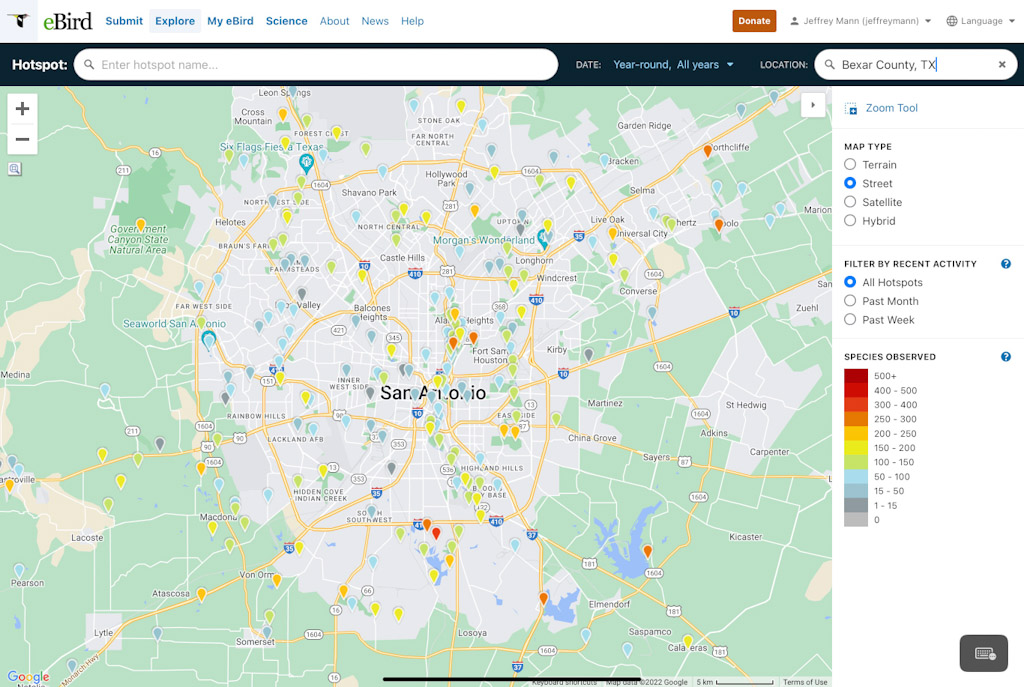
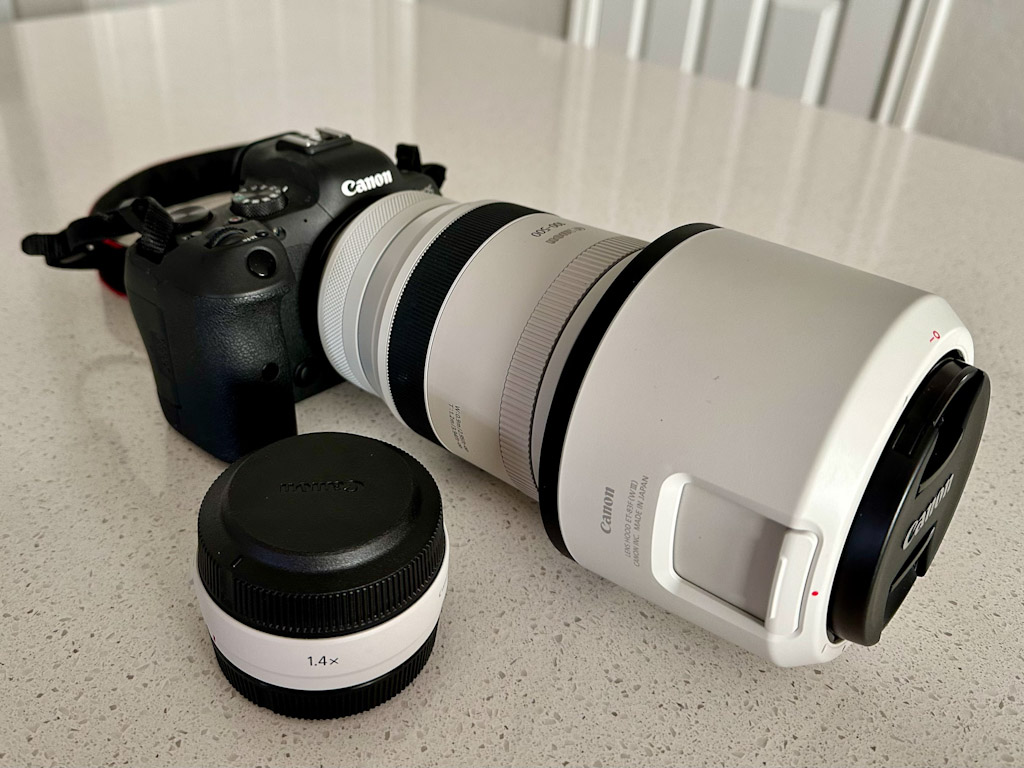

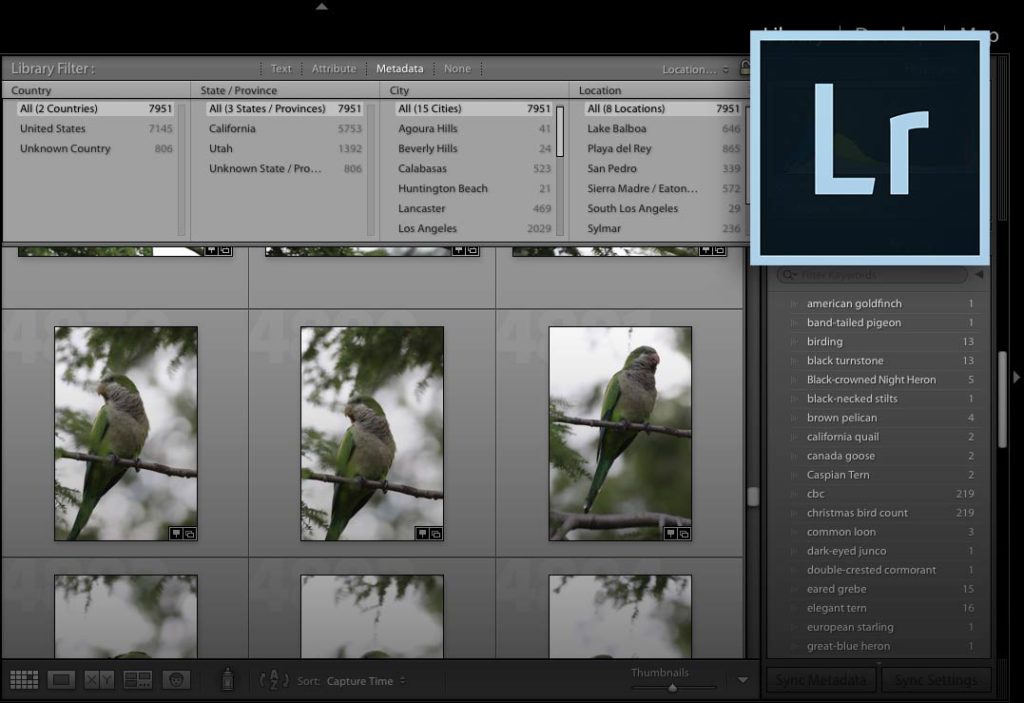

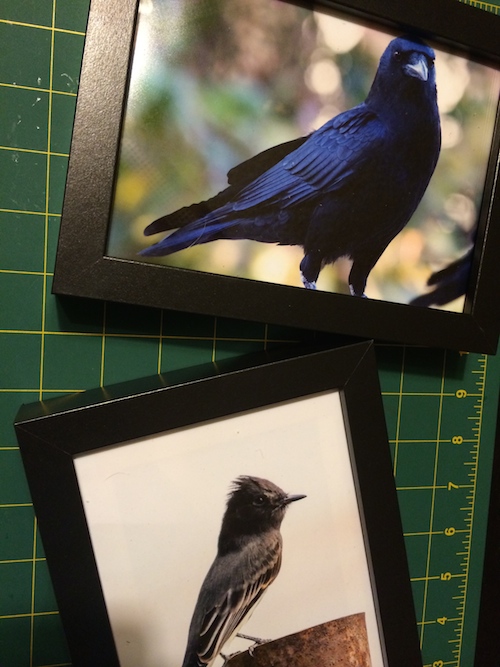
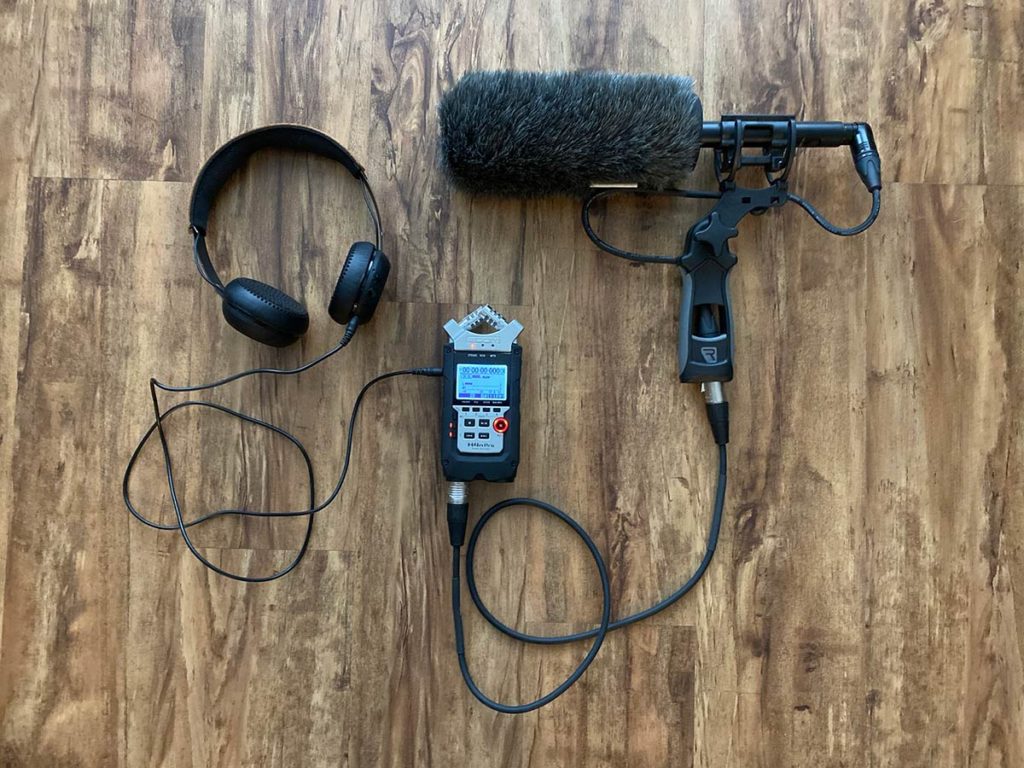

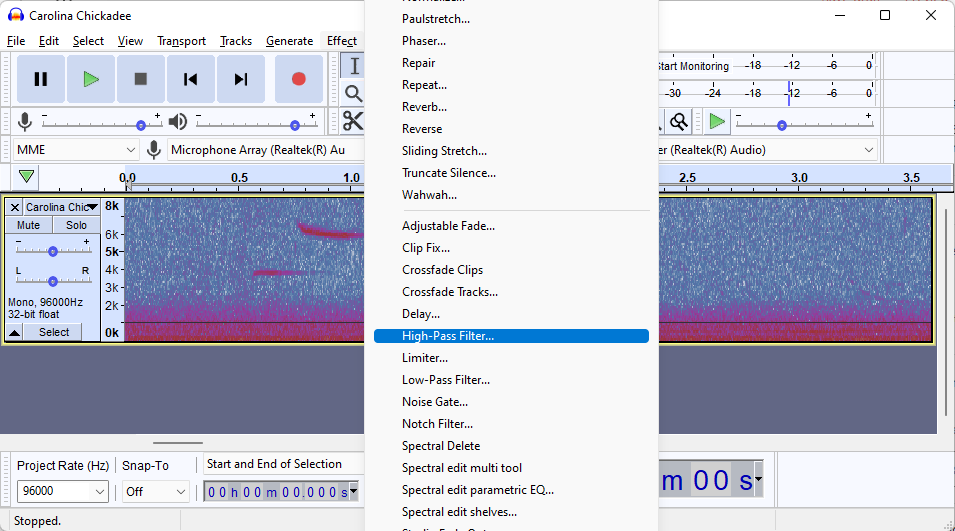
This post provides a comprehensive and engaging introduction to birdwatching, highlighting its accessibility and the various ways enthusiasts can deepen their engagement through technology and community. The inclusion of practical tips and resources like the Merlin Bird ID and eBird apps is particularly valuable for beginners.